“Miso-soup” is a soup dish in which “miso” is dissolved in the “Dashi (soup stock)” and ingredients such as vegetables, tofu, seaweed, meat, or seafood are added. It is one of the representative dishes of “Japanese cuisine”. “Miso-soup” is a dish that is always served in “Honzen cuisine” or “Kaiseki cuisine”, which are known as traditional Japanese cooking styles. There are also many miso soups that have become local dishes in various parts of Japan. It is a dish that is very familiar to Japanese people, and has been eaten by ordinary families on a daily basis. O-Oh, let us briefly review “Miso”, shall we? “Miso” is a seasoning made by fermenting grains such as soybeans or rice with salt and “Koji (fermented grains)”. Depending on the ingredients, there are different types of miso, such as soybean miso, rice miso, and barley miso. They are also classified as “Aka-miso (Red-miso)” or “White-miso (Shiro-miso)” depending on the method of production and the degree of fermentation. In addition, there is a type of miso called ” Awase-miso (Mixed miso)”, which is a mixture of Aka-miso and White-miso. It is used as a seasoning in a variety of dishes such as soups, stews, stir-fries, and grilled dishes. Before the modern era, “miso” was not only used as a seasoning, but was also often eaten by itself as a side dish. There are many theories about its origin, some say it was introduced from the continent, others say it was created in Japan. “Hishio”, which is considered to be the original form of “miso”, was made at least as far back as B.C., and koji-fermented ones were made from the late 3rd century to the 6th or 7th century, known as the Kofun period. It is said that the word “miso” first appeared in literature around the Heian period (8~12th century). Later, as samurai families spread throughout the country, the “miso” production method also spread to other parts of the country and became popular in general.
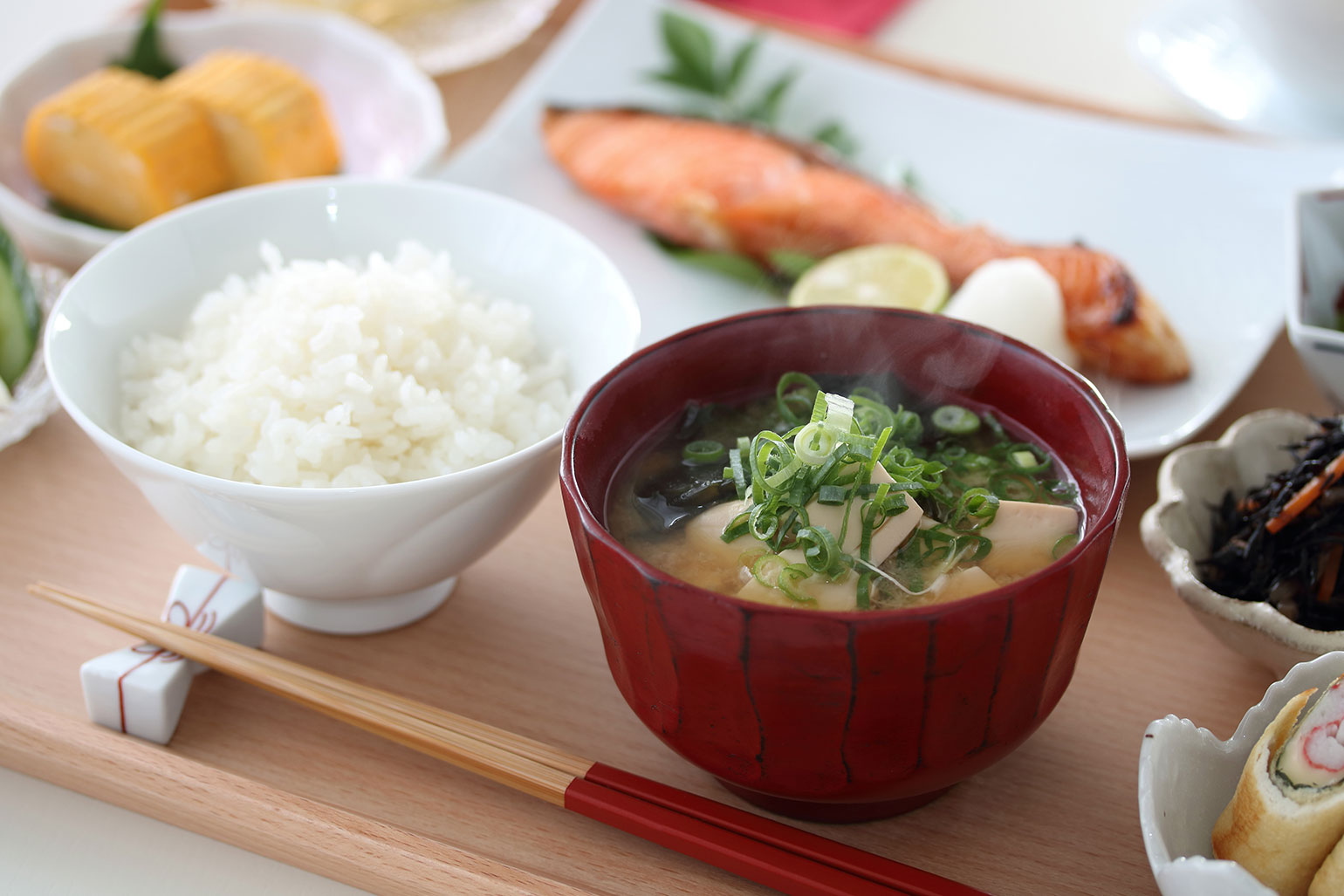
It is said that it was around the Muromachi period (14~16th century) that “miso” was increasingly used as a seasoning for soup dishes. “Miso-soup” was useful as rations for soldiers.
“Miso” can be stored for a certain length of time. And the kind of “miso” made from soybeans was a valuable source of protein and vitamins in the diets of the Japanese at the time. And more, best of all, “Miso-soup” was easy to prepare and could be made in large quantities at once. All you have to do is boil some kind of soup stock with “miso” and appropriate ingredients, and you have something that looks like that, so it was a very suitable food for soldiers. Even after that, wars were fought all over Japan until around 1600, when the Edo Shogunate governed the whole country. Because of this, “miso soup” quickly spread across the country and became a common food. It seems that many of the “Miso-soup” dishes that are eaten as local cuisine are based on dishes that were created around this time.


Since the modern era, many foreign culinary cultures, especially those from the West, have come into Japan, but the use of “miso” in cooking had remained strong in households. In particular, “Miso-soup” did not be incompatible with Western cuisine. “Miso-soup” can be made delicious with almost any ingredients. Therefore, it would have been easy to adjust the combination of the menu by changing the ingredients to match the main dish. It was not uncommon to have “Miso-soup” on the table almost every day, or even every meal. As a result, it has become one of the most familiar “home cooking” dishes in Japan. However… Nowadays, there are fewer and fewer opportunities to cook every meal in the home. In today’s Japan, “Miso-soup” is no longer one of the most familiar “home cooking” dishes… Instead, instant “Miso-soup” has become very popular. You will be able to find them always in supermarkets and convenience stores. There is a wide variety of them. Many of them are both easy to prepare and delicious. Due to changes in people’s lifestyles, the food environment in Japan has changed a lot. There are fewer and fewer opportunities to cook “Japanese cuisine” in the home. Not only “Miso-soup”, but also stewed dishes, grilled dishes, etc., are available in pre-cooked form and are easy to obtain. Umm… We have very mixed feelings about that.
Today, it is very easy to try “Miso-soup” if you want. You don’t need to make it yourself. Nevertheless, if you are thinking about making your own “Miso-soup”, there are a few tips that you should remind. It’s some kinds of the secrets to making delicious “Miso-soup”.
Please check it out.
“Dashi (soup stock)” is the key

The most important ingredient in Japanese cuisine is “Dashi (soup stock)”. The quality of the soup depends on the type and quality of this. Of course, the ingredients that are added as garnish also contribute their own flavor, but it is the “Dashi” that is the basis of the taste of “Miso-soup”. By the way, there are two types of “miso” on the market: one with “Dashi” and one without. If you use “miso” that contains “Dashi”, you can make a reasonably tasty “Miso-soup” without the trouble of making “Dashi”. If you want to be particular, you should start by making “Dashi”. Be sure to check when buying “miso”.
Selecting “miso”
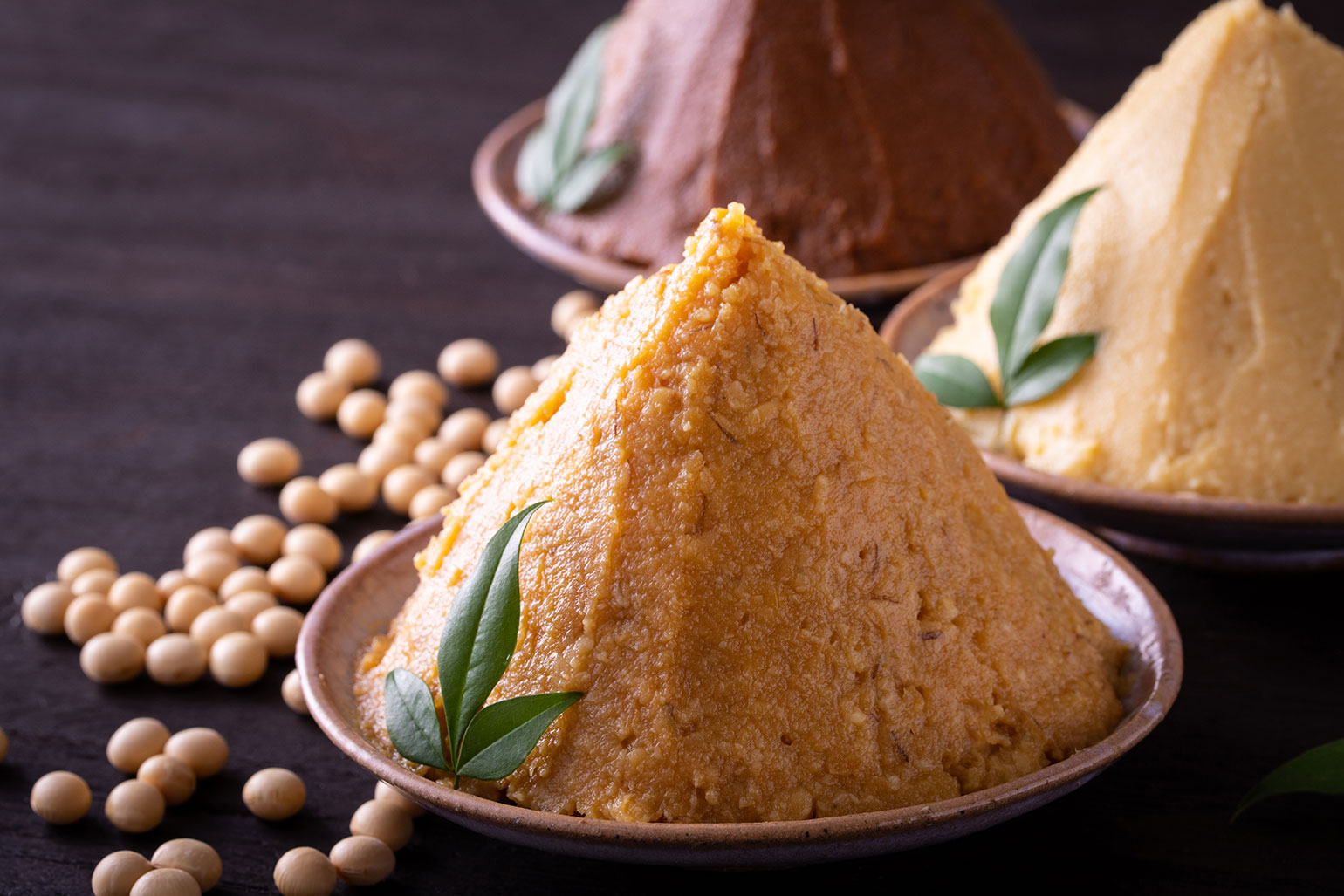
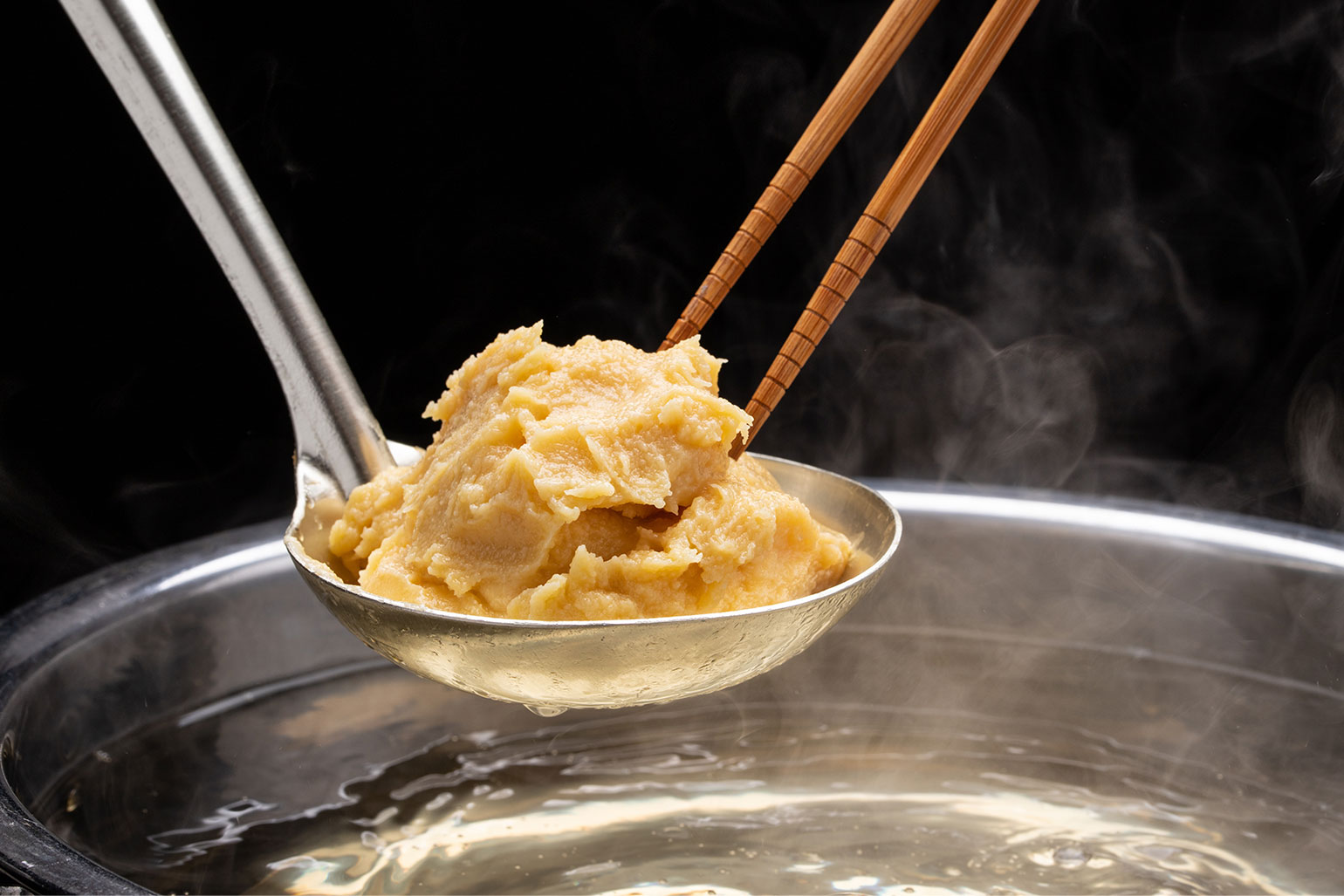
Since “miso” is a seasoning with a long history, there are many many varieties. There are many manufacturer’s products available on the market. In addition, there are many local products that are manufactured in each region. You can even make it at home. By all means, try tasting different kinds of them first. Someday you’ll find one that makes you say, “Oh, I’d like to taste this every day…”
Do not overcook
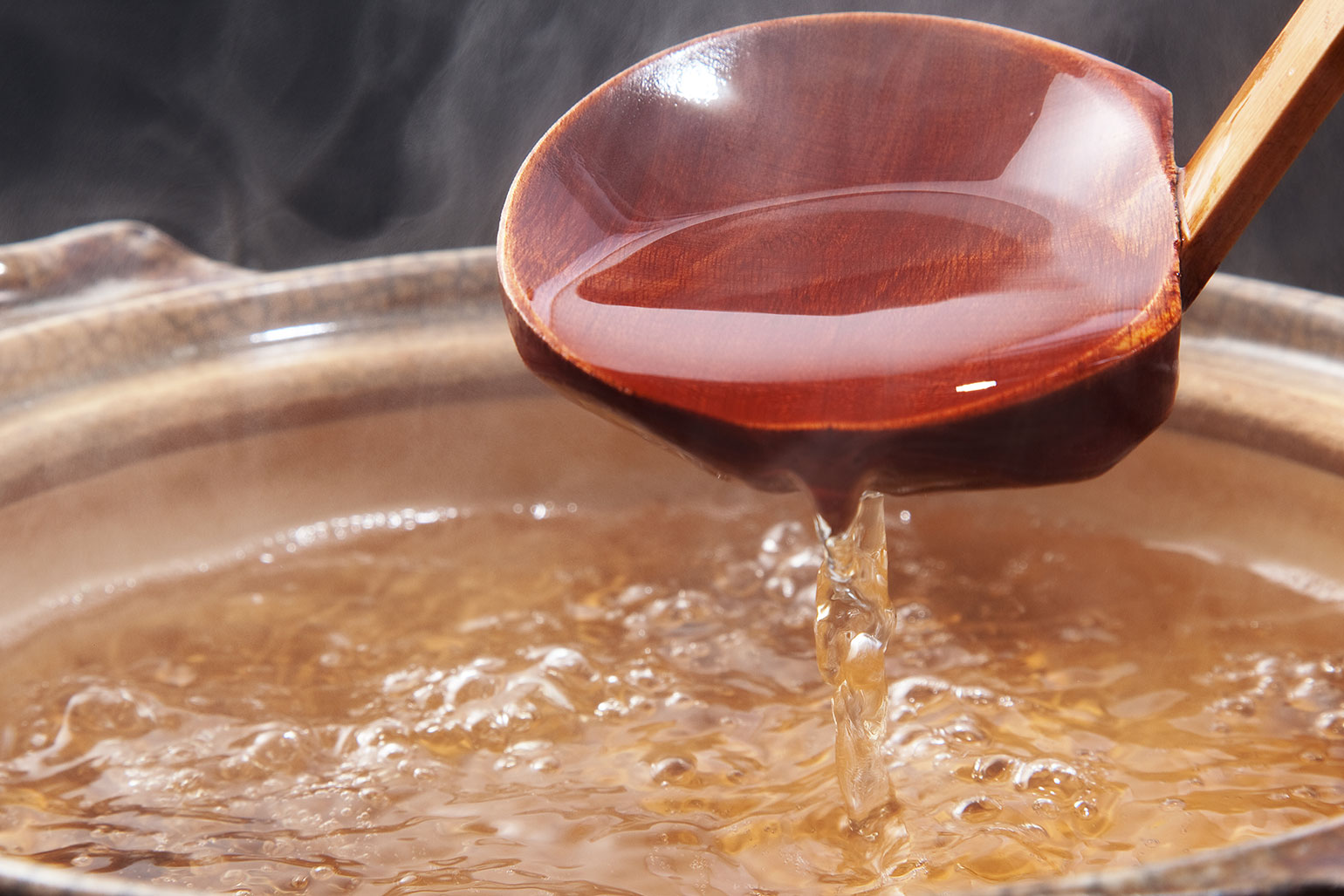
When making “Miso-soup”, don’t overcook it after adding the “miso”. The lye will come out, and the flavor of the ingredients and the “miso” itself will be lost. Besides, vitamins and other nutrients may also be lost. To begin with, the dishes that are made by simmering them for a long time are different from “Miso-soup”. They are called “Miso-ni”.
Are you interested in this? We hope you will remind this when making “Miso-soup”.



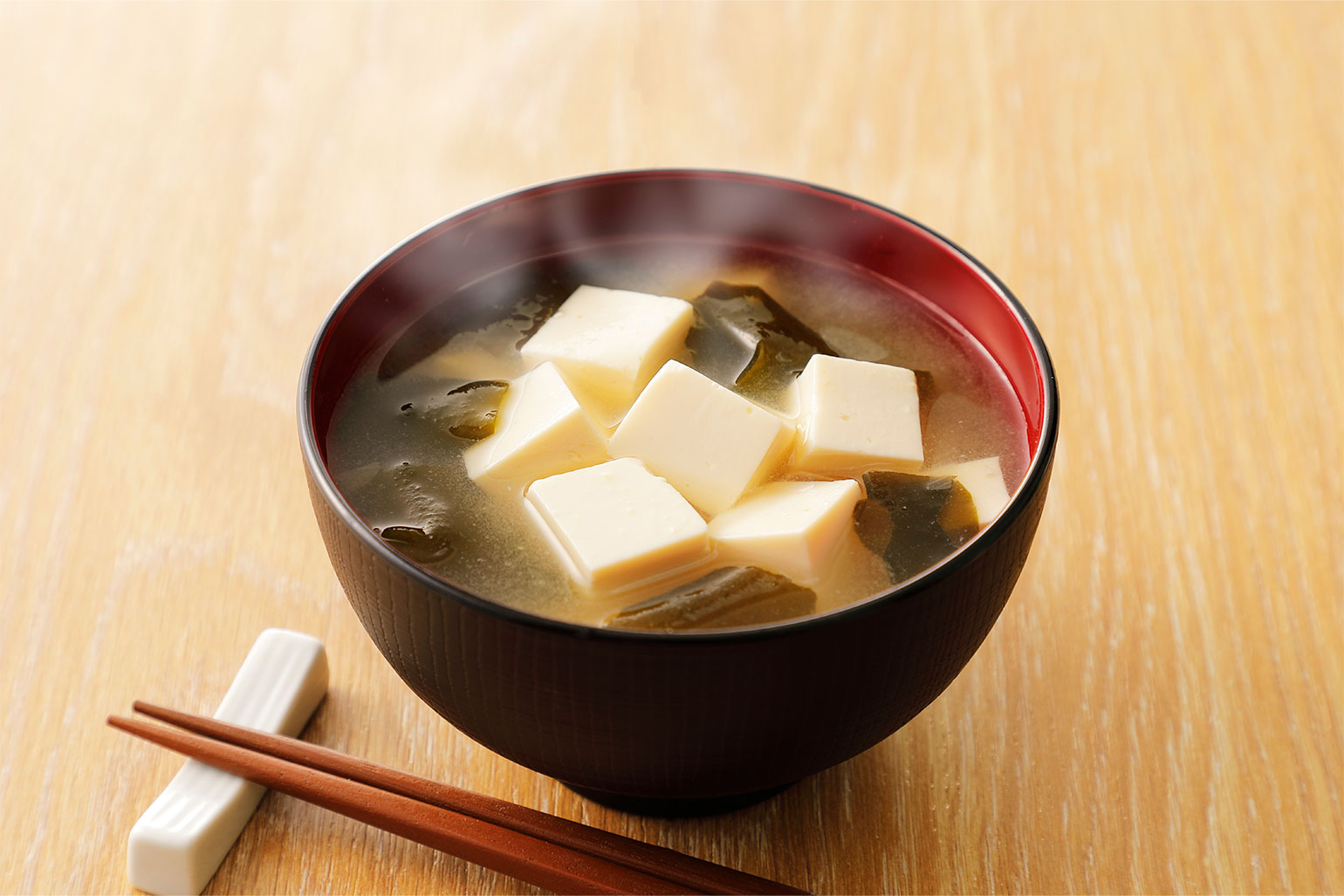
_op.png)
_001.png)
_002.png)
_003.png)
_004.png)
_005.png)
_006.png)
_007.png)
_008.png)
